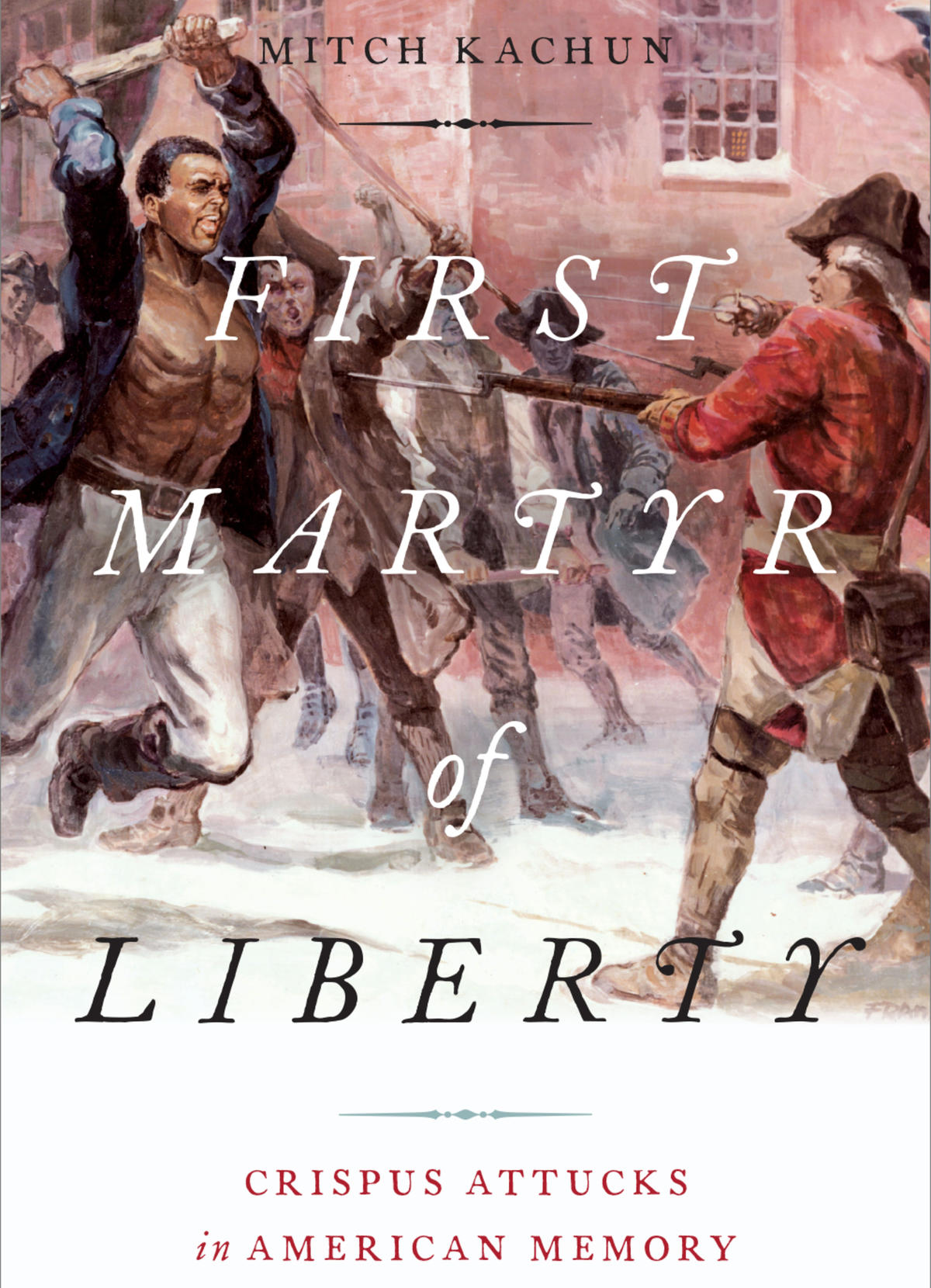The Power of Race in Cuba: Racial Ideology and Black Consciousness During the RevolutionPosted in Books, Caribbean/Latin America, History, Media Archive, Monographs, Politics/Public Policy on 2020-06-24 21:32Z by Steven |
The Power of Race in Cuba: Racial Ideology and Black Consciousness During the Revolution
Oxford University Press
2017-07-31
272 pages
6-1/8 x 9-1/4 inches
Hardcover ISBN: 9780190632298
Paperback ISBN: 9780190632304
Danielle Pilar Clealand, Associate Professor
Department of Politics and International Relations
Florida International University
- Shows how the economic crisis that followed the Soviet Union’s collapse changed race relations in Cuba
- Examines the official narrative of race in Cuba, contrasting that with black and mixed race Cubans’ identity and lived experience
- Explores how discrimination creates divergent opportunities for black and white Cubans
- Provides personal, informal perspectives from many walks of life in in Cuba, drawing a portrait of black identity through interviewees’ lives
In The Power of Race in Cuba, Danielle Pilar Clealand analyzes racial ideologies that negate the existence of racism and their effect on racial progress and activism through the lens of Cuba. Since 1959, Fidel Castro and the Cuban government have married socialism and the ideal of racial harmony to create a formidable ideology that is an integral part of Cubans’ sense of identity and their perceptions of race and racism in their country. While the combination of socialism and a colorblind racial ideology is particular to Cuba, strategies that paint a picture of equality of opportunity and deflect the importance of race are not particular to the island’s ideology and can be found throughout the world, and in the Americas, in particular.
By promoting an anti-discrimination ethos, diminishing class differences at the onset of the revolution, and declaring the end of racism, Castro was able to unite belief in the revolution to belief in the erasure of racism. The ideology is bolstered by rhetoric that discourages racial affirmation. The second part of the book examines public opinion on race in Cuba, particularly among black Cubans. It examines how black Cubans have indeed embraced the dominant nationalist ideology that eschews racial affirmation, but also continue to create spaces for black consciousness that challenge this ideology. The Power of Race in Cuba gives a nuanced portrait of black identity in Cuba and through survey data, interviews with formal organizers, hip hop artists, draws from the many black spaces, both formal and informal to highlight what black consciousness looks like in Cuba.
Table of Contents
- Table of Contents
- Acknowledgments
- Introduction
- Chapter One: Todos Somos Cubanos: How Racial Democracy Works in Cuba
- Chapter Two: De Aqui Pa’l Cielo: Black Consciousness and Racial Critique
- Chapter Three: Marti’s Cuba: Racial Ideology and Black Consciousness Before 1959
- Chapter Four: Institutionalizing Ideology: Race and the Cuban Revolution
- Chapter Five: “I’m not a Racist”: Anti-Racialism and White Racial Attitudes
- Chapter Six: The Power of a Frame: The Characterization of Racism as Prejudice
- Chapter Seven: Todos Somos Cubanos, pero no Somos Iguales: How Racism Works in Cuba
- Chapter Eight: Uncovering Blackness and the Underground: Black Consciousness
- Chapter Nine: The Seeds of a Black Movement?: Racial Organizing and the Above Ground Movement
- Conclusion



